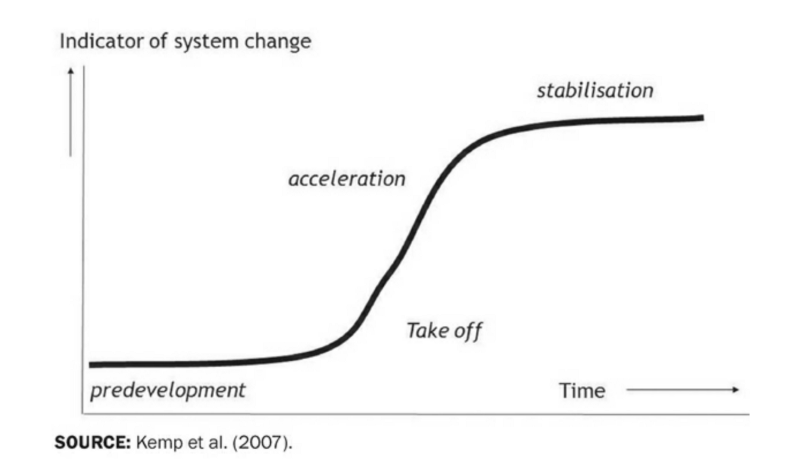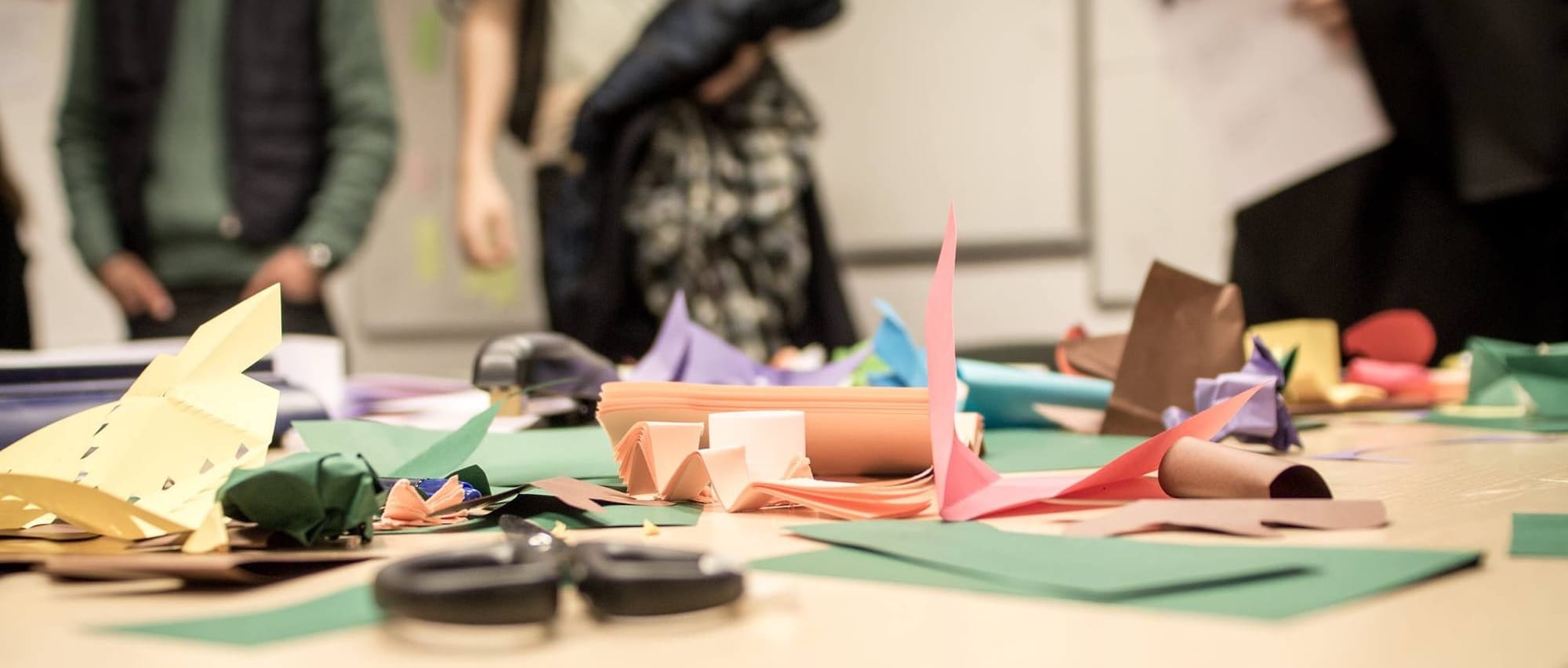Aiming for the butterfly effect you can’t see coming.

An “innovation” is a change (shift) in a system, where [something] at its fringe becomes mainstream. For this reason, an [innovative thing] can only be assessed as such afterward (once the change occurred), by looking in the (near) past.
Therefore, an “innovation process” should be one that looks for strategies to enable interconnections between parts (niches) of the system, which might enable them to become mainstream (ref. Cultivating System Change, Anna Birney 2017; Platform Strategies, The Platform Design Toolkit).
Think about this: throughout history, for each “successful” innovation — read a practice, a technology,a product, etc. that became mainstream — how many never reached a point of influence of the mainstream? Countless, that’s for sure! (ref. the survivorship bias)
For all of you working on innovative [things], that’s the paradox you’re living in: innovation is about a future state, a change, but the measure of its “innovative impact” lies in the past. Your “innovation superpower” should be one that helps you observe emerging changes in the system (ref. “Monitor, not measure”, Anna Birney).

What are your thoughts about this?
What do you do to monitor the state of change in the system you’re aiming to change/impact? How do you handle this way of thinking with traditional management? Do you feel this paradox at all?
Leave a comment!












Discussion